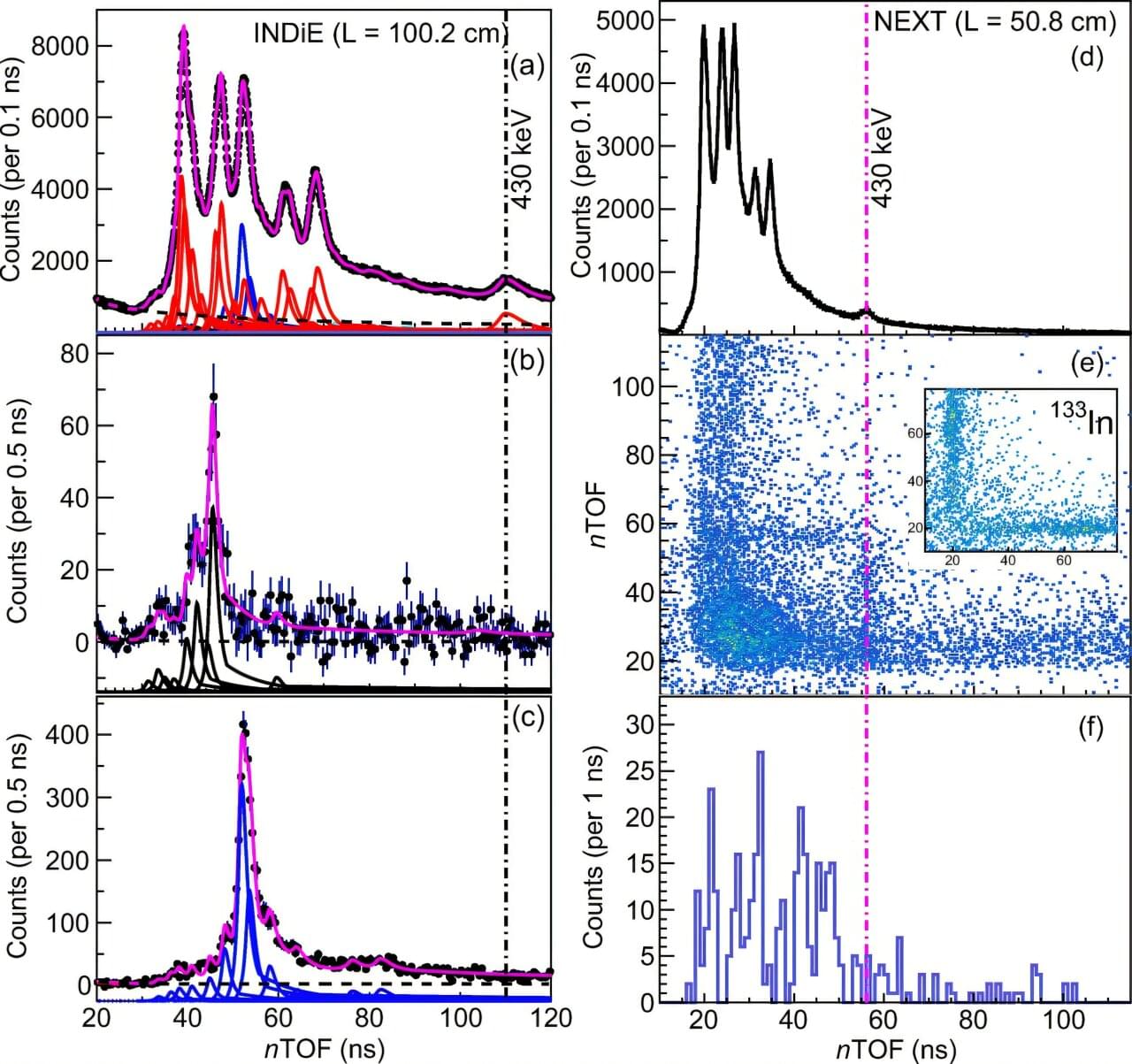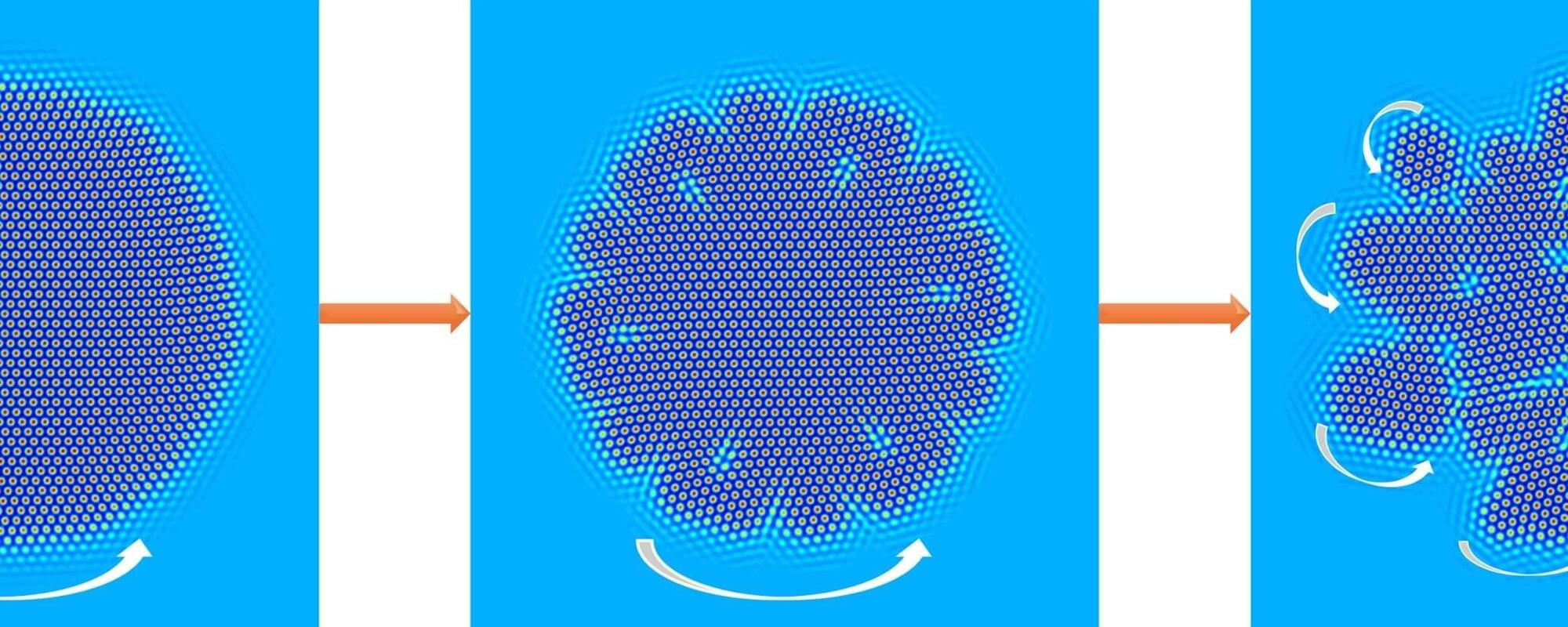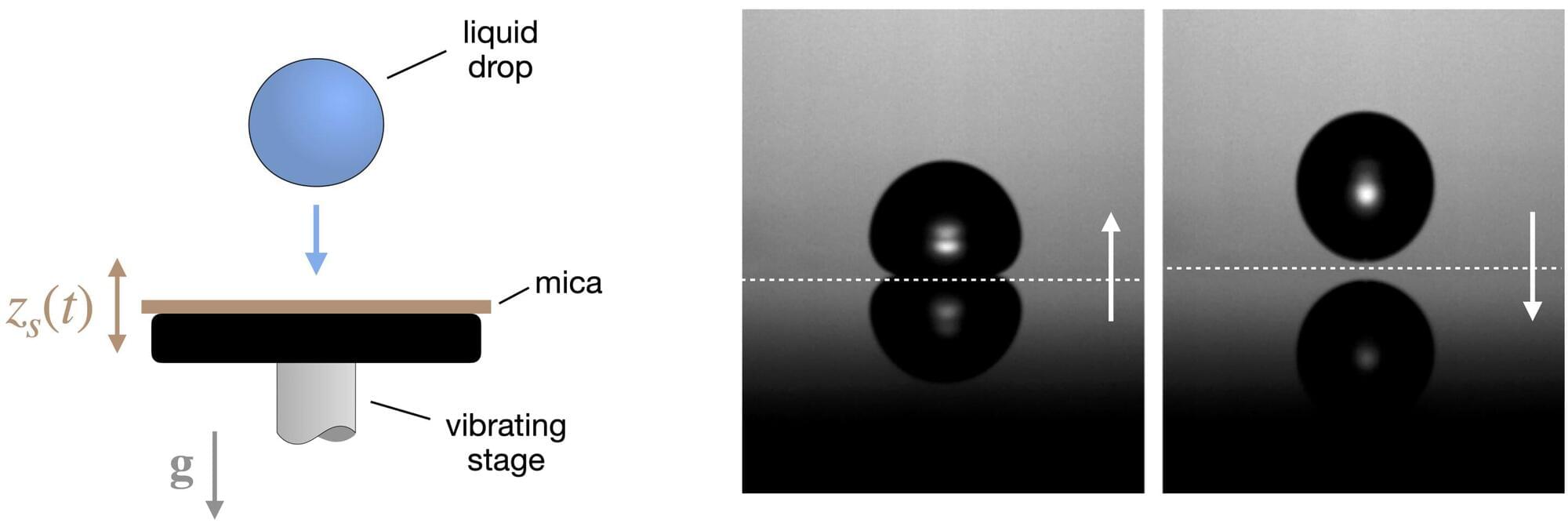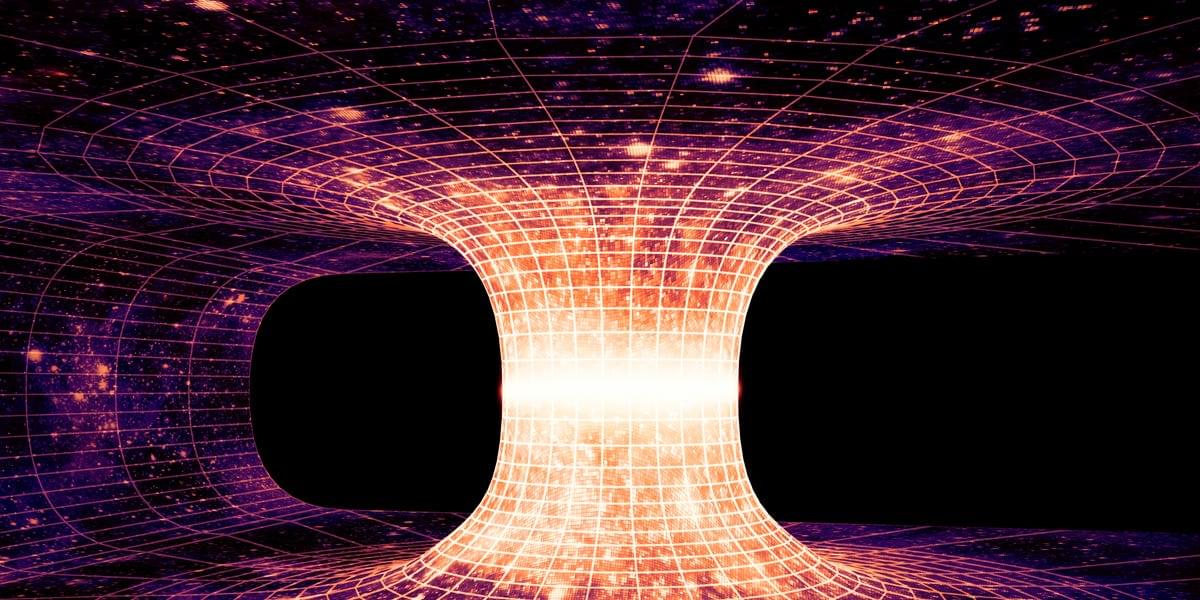A team of physicists has discovered a method to temporarily halt the ultrafast melting of silicon using a carefully timed sequence of laser pulses. This finding opens new possibilities for controlling material behavior under extreme conditions and could improve the accuracy of experiments that study how energy moves through solids.
The research, published in the journal Communications Physics, was led by Tobias Zier and David A. Strubbe of the University of California, Merced, in collaboration with Eeuwe S. Zijlstra and Martin E. Garcia from the University of Kassel in Germany. Their work focuses on how intense, ultrashort laser pulses affect the atomic structure of silicon—a material widely used in electronics and solar cells.
Using advanced computer simulations, the researchers showed that a single, high-energy laser pulse typically causes silicon to melt in a fraction of a trillionth of a second.








